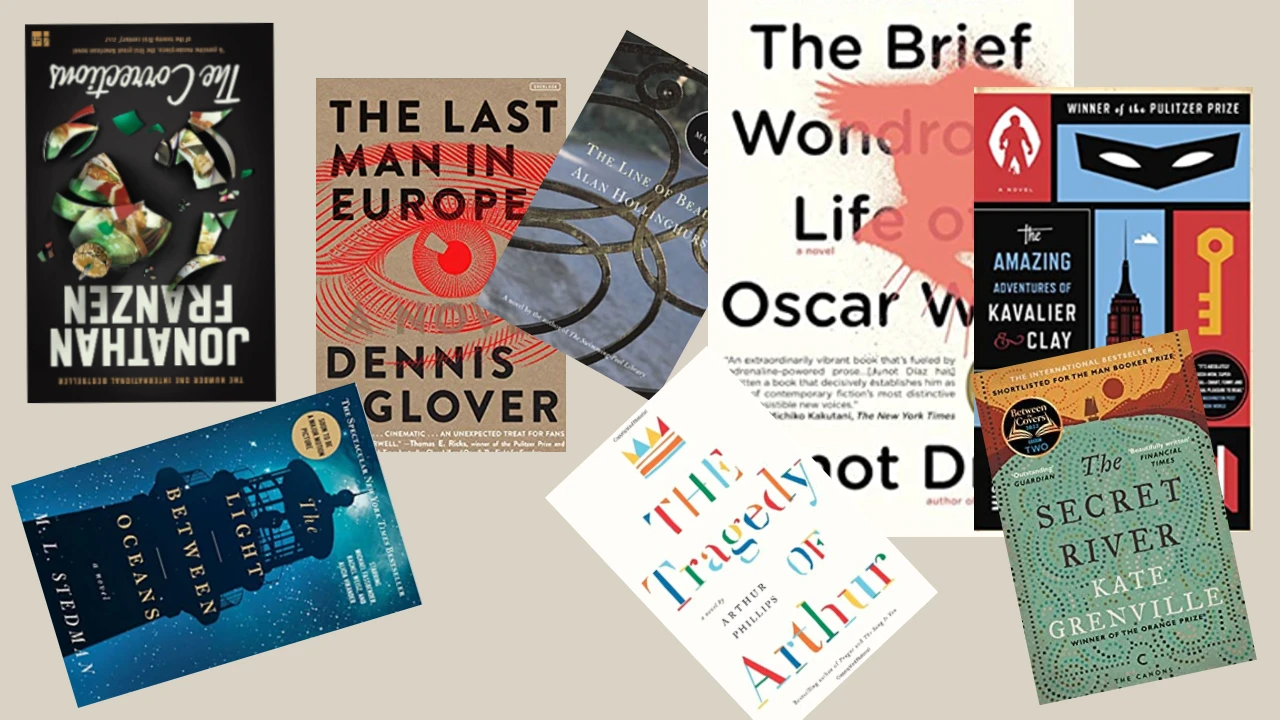
Newsletter Subscribe
Enter your email address below and subscribe to our newsletter

Enter your email address below and subscribe to our newsletter
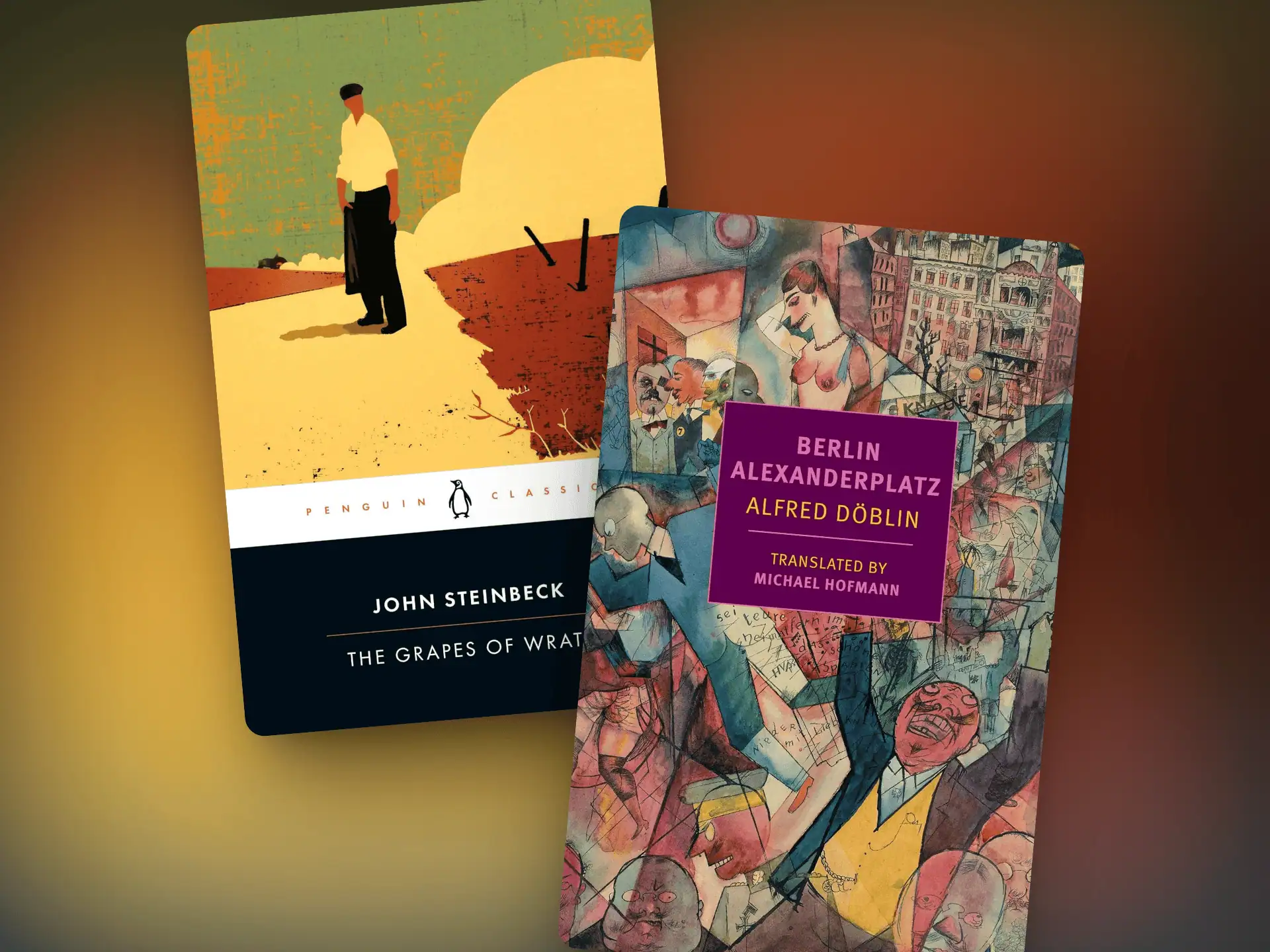
This content may contain affiliate links. When you buy through these links, we may earn an affiliate commission.
Labor Day is more than a long weekend, for many of us it is a chance to reflect on the hardship and resilience of working people across the world. Literature has always been close to the worker’s class and given voice to coal miners and steelworkers to peasants, migrants, and women as they entered the workforce. As Vaclav Havel, workes’ leader, playwright, and later Czech president reminded us, the stories of ordinary people resisting systems of exploitation are as powerful as any political speech.. In this reading guide I”m offering a global selection of novels that capture worker stories.
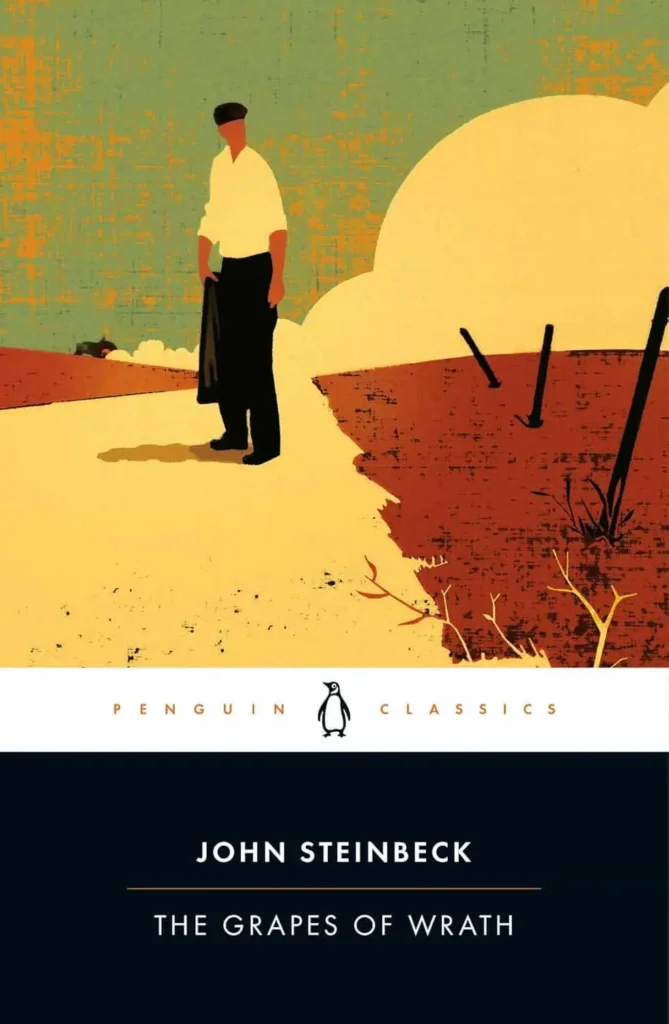
Set during the Great Depression, The Grapes of Wrath follows the Joad family, tenant farmers forced to leave their Oklahoma home after the devastation of the Dust Bowl. Their journey to California is fraught with hardship, uncertainty, and constant struggle for survival. Along the way, they encounter countless other displaced families, all competing for scarce work and enduring brutal exploitation by landowners and employers. Steinbeck vividly portrays the physical and emotional toll of labor under oppressive systems, capturing both the despair of poverty and the resilience of the human spirit. The novel highlights themes of solidarity, social justice, and collective action, emphasizing the power of community among workers facing systemic injustice. Through unforgettable characters and a deeply empathetic narrative, Steinbeck offers a searing indictment of economic inequality that remains profoundly relevant today.
Set during the Great Depression, this Pulitzer-winning novel follows Francis Phelan, a former baseball player turned homeless drifter. Alongside other down-and-out workers, he grapples with guilt, poverty, and alcoholism. Kennedy portrays those broken by labor systems and economic collapse, showing both their pain and their humanity.
A sweeping tale of Slovak and Hungarian immigrants in Pennsylvania’s steel mills. The novel spans three generations, charting brutal working conditions, labor exploitation, and the slow, painful birth of union movements. Bell writes with empathy for the immigrant experience, showing how hope and resistance grow even under crushing weight.
Written in the midst of the Mexican Revolution, The Underdogs follows a group of peasants and laborers who take up arms against oppressive landowners and the central government, seeking justice and autonomy. Azuela’s novel is grounded in realism, portraying the chaotic, often brutal reality of revolutionary life without romanticizing it. The story centers on Demetrio Macías, a humble farmer whose journey from ordinary villager to revolutionary leader reflects both the hope and the disillusionment of those fighting for change. Through vivid depictions of marches, skirmishes, and the daily hardships of survival, the novel highlights the physical and emotional labor of ordinary people—digging trenches, transporting supplies, and enduring hunger and exhaustion. Azuela also examines the social hierarchies, internal conflicts, and moral compromises that arise within revolutionary movements, showing that the struggle for justice is complex and often perilous. By combining personal stories with the context of historical upheaval, The Underdogs offers a powerful exploration of resilience, solidarity, and the human cost of social and political transformation, making it one of Latin America’s most enduring novels about workers and peasants.
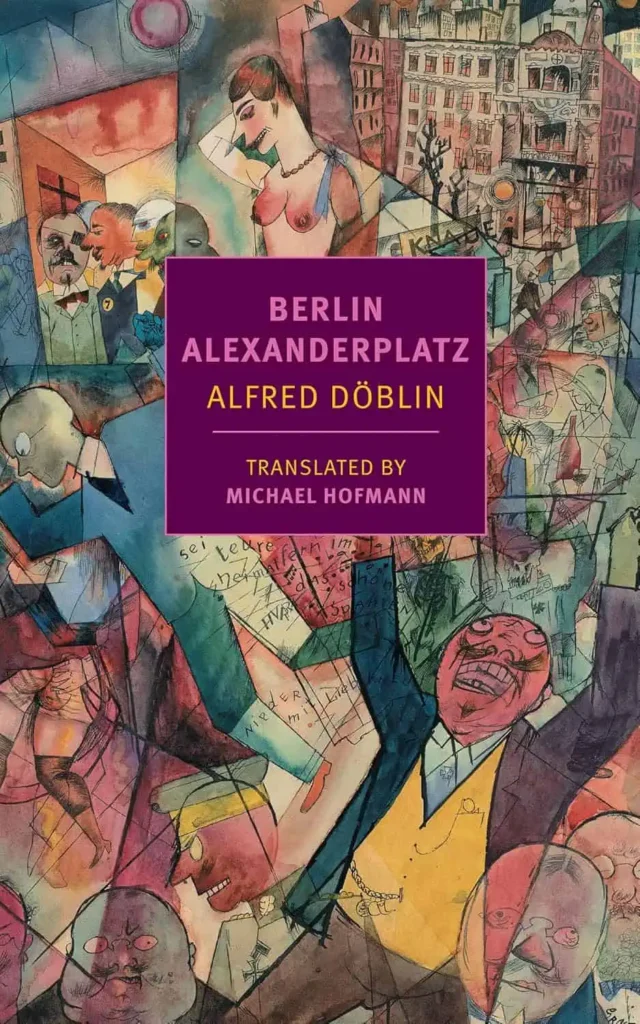
A cornerstone of modernist literature, Berlin Alexanderplatz chronicles the life of Franz Biberkopf, an ex-convict striving to survive in Berlin’s working-class neighborhoods during the tumultuous years of the Weimar Republic. Doblin captures the chaotic energy of urban life, from overcrowded tenements to bustling factories, illustrating the physical and psychological pressures of labor in an industrialized city. Franz’s attempts to rebuild his life are constantly thwarted by poverty, unemployment, and social marginalization, showing the precariousness of working-class existence in early 20th-century Germany. The novel’s innovative narrative techniques—including stream-of-consciousness, newspaper excerpts, and montage—immerse readers in the rhythms of city life, reflecting both the relentless grind of labor and the unpredictability of urban survival. Beyond its portrayal of individual struggle, Döblin examines broader social and economic forces: class inequality, exploitation, and the challenges of modernization. Through Franz’s trials, Berlin Alexanderplatz presents an empathetic depiction of workers’ resilience, human vulnerability, and the complex interplay between personal ambition and societal pressures in an industrial metropolis.
Zola’s masterpiece of naturalism depicts the brutal lives of coal miners in northern France. When Étienne Lantier arrives at a mining community, he witnesses hunger, black lung, and the dehumanizing cycles of poverty. The novel chronicles the miners’ growing anger, their attempts to organize, and the devastating strike that follows. More than just a story of hardship, it’s a call to recognize the humanity and dignity of those who labor underground.
This socialist classic follows a group of painters and decorators in Edwardian England. Through conversations among workers, Tressell weaves a scathing critique of capitalism, showing how the working class gives away its labor to enrich the bosses. Both bleak and hopeful, it’s an essential novel for understanding class struggle in Britain.
Set in a small Norwegian town, this novel traces the intertwined lives of working-class families across generations. It highlights the often invisible labor of women, who maintain households and communities even as they are marginalized. Hamsun offers a rich depiction of social dynamics, from gossip to survival, showing how labor and endurance define daily life.
Set among the Cossacks during World War I, the Russian Revolution, and Civil War, this epic explores the lives of peasants and laborers caught in historical upheaval. Sholokhov portrays the tension between traditional work, collective farming, and the changing social order, highlighting human resilience amidst turmoil. This novel alone has won Sholokhov the Nobel Prize for Literature.
Set in early 20th-century Hungary, Embers delves into the intertwined lives of the bourgeoisie and working-class citizens. While the novel centers on psychological tension between two old friends, it also highlights the rigid social and labor hierarchies that define daily life. Through intimate conversations and reflections, Márai explores the unspoken burdens of work, societal duty, and the emotional labor often overlooked by history. The novel paints a vivid picture of how social structures shape both personal and professional lives, offering insight into the quiet struggles of ordinary people.
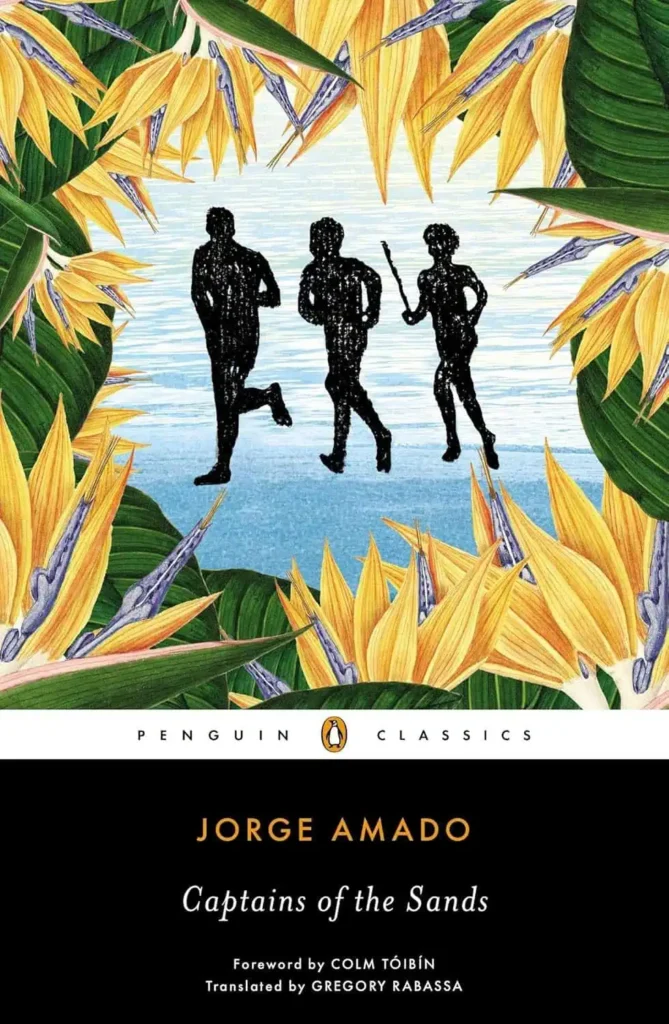
Captains of the Sands follows a group of street children in Salvador, Brazil, known as the titular “captains,” who navigate survival in a harsh urban environment. Forced into petty labor, theft, and other informal work from a young age, the children develop a complex system of solidarity, loyalty, and resistance that enables them to endure poverty and societal neglect. Amado portrays urban labor not only as a means of survival but as a social microcosm, reflecting broader class inequalities and institutional failure. The novel captures the emotional and physical toll of early work, the precarity of life on the streets, and the ingenuity of children carving out spaces of autonomy under oppressive conditions. Through rich character development, humor, and social critique, Amado offers a compassionate, unflinching depiction of the lives of marginalized workers in early 20th-century Brazil.
This philosophical epic is set in Brazil’s harsh sertão (backlands). It follows Riobaldo, a former hired gun reflecting on his violent past. Though not a traditional labor novel, it captures the precariousness of work, loyalty, and survival in a land where the poor must sell their labor—and often their lives—to the powerful. Rosa’s style blends folklore, oral tradition, and existential reflection.
In Venezuela’s plains, peasants and ranch workers are caught between tradition and modernization. Doña Bárbara, a ruthless landowner, embodies the destructive forces of power, while Santos Luzardo seeks reform and progress. The novel explores how modernization often crushes workers rather than uplifting them, making it a meditation on class, gender, and land.
A groundbreaking testimonial rather than a conventional novel, I, Rigoberta Menchú recounts the life of the indigenous Quiché Maya and their struggles under Guatemala’s oppressive regimes during the mid-20th century. Through Menchú’s own words, readers witness the harsh realities of peasant labor, including grueling field work, exploitation by landowners, and the economic and social marginalization of indigenous communities. The book also highlights the gendered aspects of labor, showing how women bore the dual burdens of household work and agricultural toil, often facing violence and discrimination. Beyond personal hardship, Menchú chronicles the collective resistance of her community, including organized strikes, protests, and survival strategies that kept cultural traditions alive. Her narrative is both intimate and political, offering a visceral sense of courage, resilience, and solidarity among workers and peasants confronting systemic oppression.
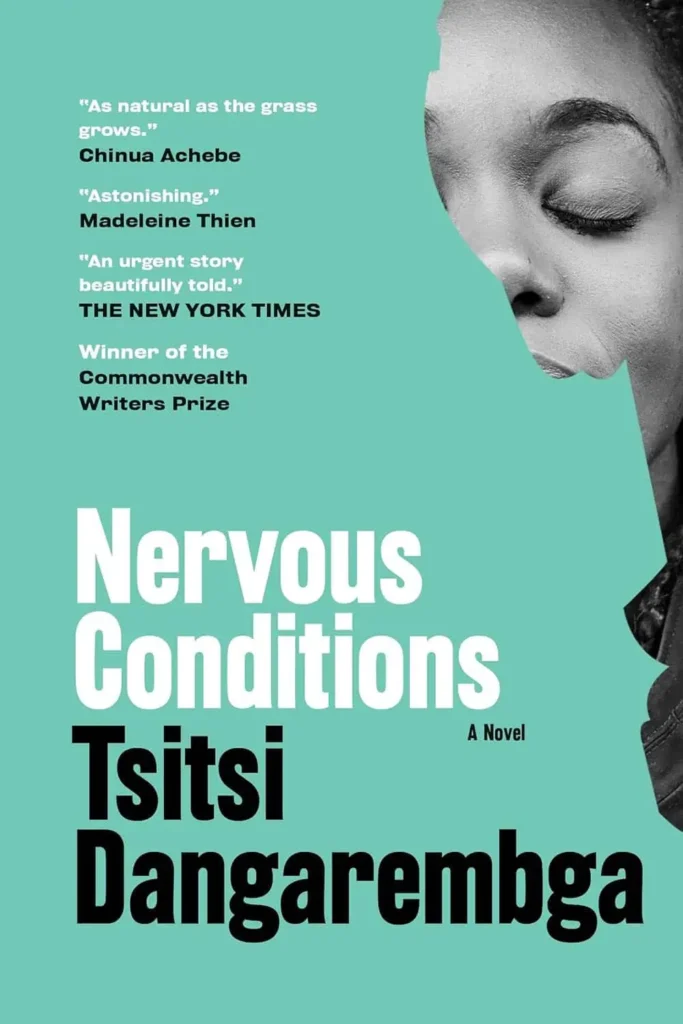
Nervous Conditions follows Tambu, a young girl from rural Rhodesia as she navigates the challenges of family duty, colonialism, and systemic inequality. Determined to pursue an education and escape poverty, Tambu confronts the intersecting pressures of gender, class, and colonial social structures that dictate the lives of her family and community. Dangarembga vividly portrays the physical and emotional labor that women shoulder, including household chores, caregiving, and the often-unrecognized work necessary to sustain both family and community. The novel also explores the broader social hierarchies that limit opportunities for indigenous people, highlighting how economic exploitation and patriarchal expectations reinforce cycles of oppression. Through Tambu’s personal journey of self-discovery and resistance, Nervous Conditions examines the psychological toll of inequality, the resilience required to pursue autonomy, and the complex dynamics of solidarity and rivalry within families and communities. Dangarembga’s narrative combines intimate storytelling with social critique, offering a nuanced exploration of labor, power, and survival in a colonial and postcolonial African context.
Sembène, who later became a pioneering filmmaker, captures the 1947–48 Dakar-Niger railroad strike against French colonial authorities. The novel’s strength is its collective voice: workers, women, and even children become part of the resistance. Women play a central role, showing how strikes are not only fought on picket lines but also in kitchens, markets, and homes. It is both a story of solidarity and a warning about the costs of struggle.
A cornerstone of postcolonial literature, Salih’s novel critiques both European colonialism and its lasting effects on Sudanese society. While its central story follows the mysterious Mustafa Sa’eed, the novel also highlights rural farmers’ struggles, showing how colonial economies distorted local labor systems and dispossessed those who worked the land.
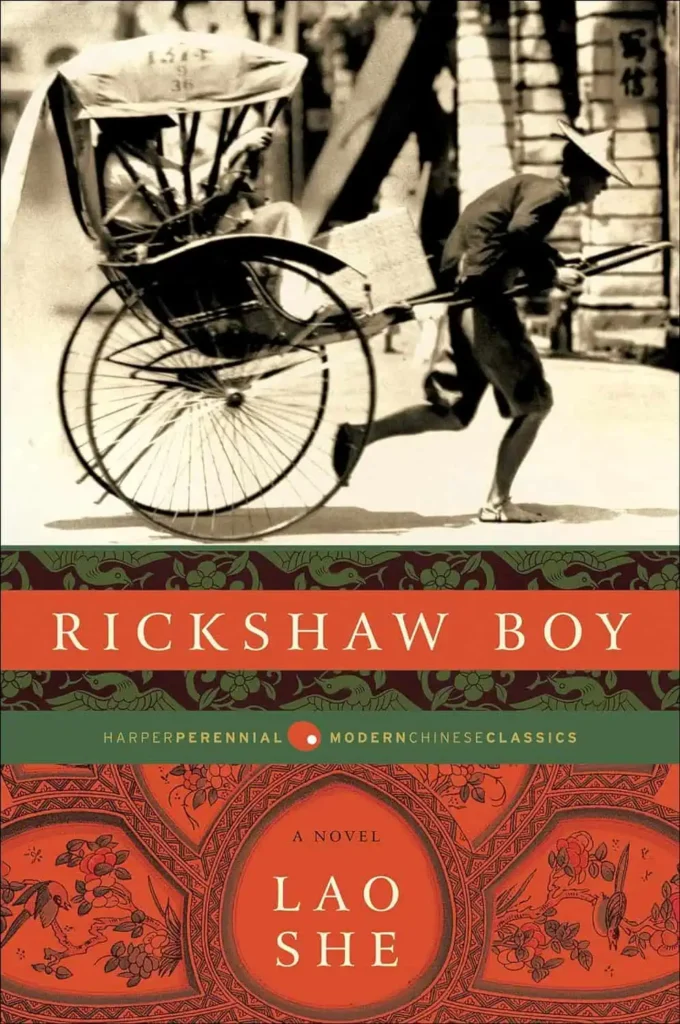
Set in 1920s Beijing, Rickshaw Boy follows Xiangzi, a young and ambitious man who dreams of independence and dignity while working as a rickshaw puller. Lao She vividly depicts the grueling physical labor involved in Xiangzi’s daily life: pulling heavy loads through the crowded streets, enduring long hours, and surviving in a city marked by poverty and social inequality. Beyond the physical toil, the novel explores the economic precarity and systemic exploitation faced by urban workers, as Xiangzi confronts corrupt employers, opportunistic middlemen, and a society that constantly undermines his aspirations. Lao She also examines the emotional and moral costs of survival, portraying Xiangzi’s struggles with hope, ambition, and despair in a harsh environment. Through richly drawn characters and immersive urban detail, Rickshaw Boy highlights the resilience, courage, and vulnerability of China’s working class, offering a poignant critique of social hierarchies and the human cost of labor in a rapidly modernizing yet deeply unequal society.
Told in the cadence of an Indian village storyteller, Kanthapura shows how Gandhi’s independence movement touches a remote village. Peasants, workers, and women find themselves pulled into political resistance against colonial authorities and landlords. Rao gives voice to those at the margins, blending myth, oral tradition, and history.
A generational saga that follows a peasant family in Shandong province. Through depictions of hard agricultural labor, war, and love, Mo Yan presents peasant life as both brutal and resilient. The red sorghum fields themselves become a symbol of survival, rooted in labor but stained by violence.
Old Kiln offers a profound exploration of rural life during China’s Cultural Revolution. Set in a village renowned for its ceramics, the narrative follows a boy nicknamed Inkcap, whose family’s political status subjects them to societal marginalization. As the Cultural Revolution intensifies, the community grapples with envy, deprivation, and escalating power struggles. Jia Pingwa’s autobiographical storytelling vividly portrays the intersection of political upheaval and daily hardships, highlighting the resilience of individuals amidst systemic oppression.
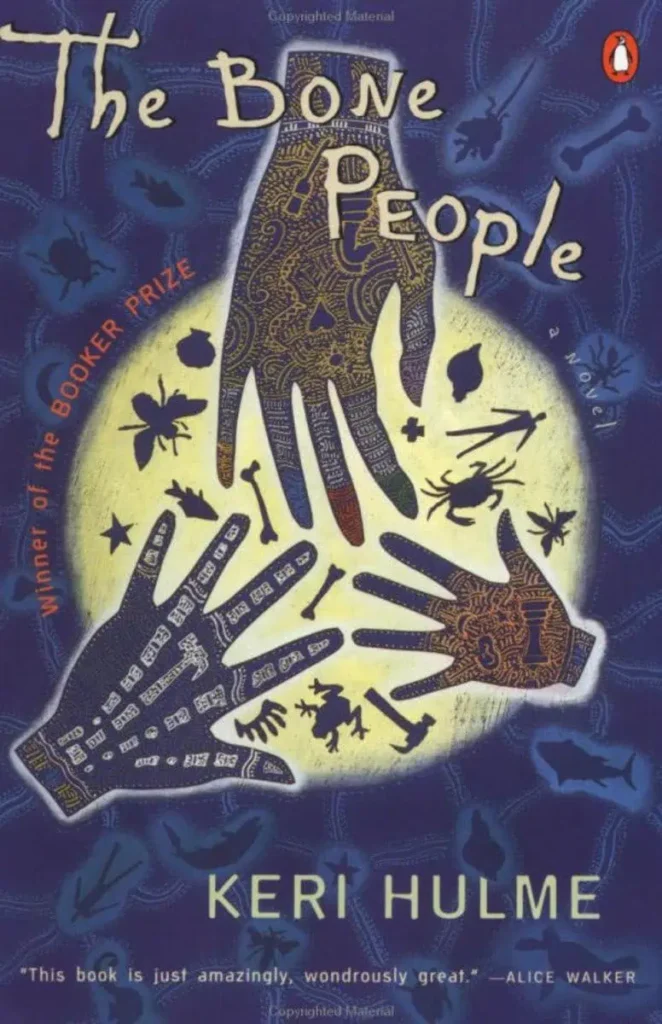
Winner of the Booker Prize, The Bone People is a deeply poetic and experimental novel that explores the lives of marginalized Māori individuals in New Zealand. The story centers on three isolated characters—Kerewin, a reclusive artist; Simon, a mute child; and Joe, a troubled outsider—whose lives intersect in a fragile, unconventional family. Hulme examines the physical and emotional labor involved in daily survival, including household responsibilities, caregiving, and the invisible work of maintaining relationships under conditions of poverty and social marginalization. The novel delves into the struggles of identity, cultural displacement, and the lingering effects of colonization, portraying resilience, solidarity, and the human capacity to endure hardship. Through its intricate structure and rich symbolism, Hulme captures both the intimate burdens of labor and the broader social pressures faced by marginalized communities in New Zealand.
Power Without Glory is a landmark of Australian social realism, chronicling the life of John West, a fictionalized version of a powerful Melbourne businessman, and the social and political landscape that enabled his rise. Hardy vividly portrays the exploitation of workers in factories, construction sites, and urban industries, alongside the corruption, manipulation, and systemic inequalities that underpinned early 20th-century capitalism. The novel examines labor unrest, union struggles, and the everyday hardships faced by working-class Australians, offering a compelling critique of power, wealth, and social injustice. Through rich characterization and historical detail, Hardy exposes how ambition, economic systems, and political maneuvering shape both the lives of workers and the broader society, making it a seminal exploration of urban labor struggles in Australia.